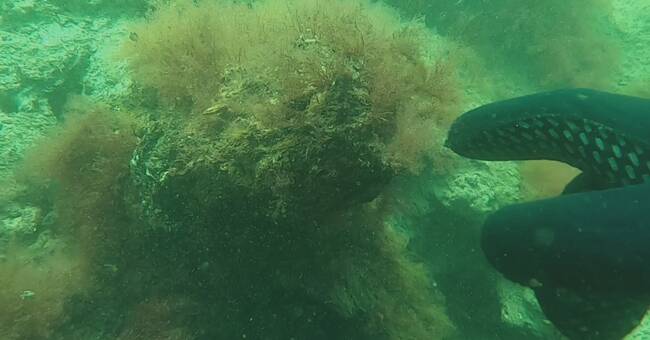Arne Sjöström is a diver and marine archaeologist at Lund University.
Among other things, he researches rediscovered forests on the seabed, such as in Hanö Bay, on Skåne's east coast.
Soon he will dive down to the latest forest find in Lundåkra Bay, outside Landskrona.
- Finds like this tell us what the forest looked like and where they grew, says Arne Sjöström.
Life in the Stone Age
The sea forests can also tell something about life in the Old Stone Age.
- Here lived people who lived on hunting and fishing but also on plants such as nuts, fruits and berries.
They also affected the landscape - even then forests were burned so that game and plants such as raspberries would thrive in the clearings.
But how did the forests end up on the seabed?
- The Icelandic ice sheet depressed the whole of Scania and the water masses from melted ice drowned the forest.
Today they are at a depth of around four meters, but then they ended up at a depth of 16 meters, says Arne Sjöström.

